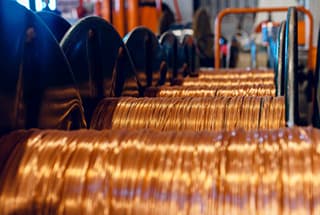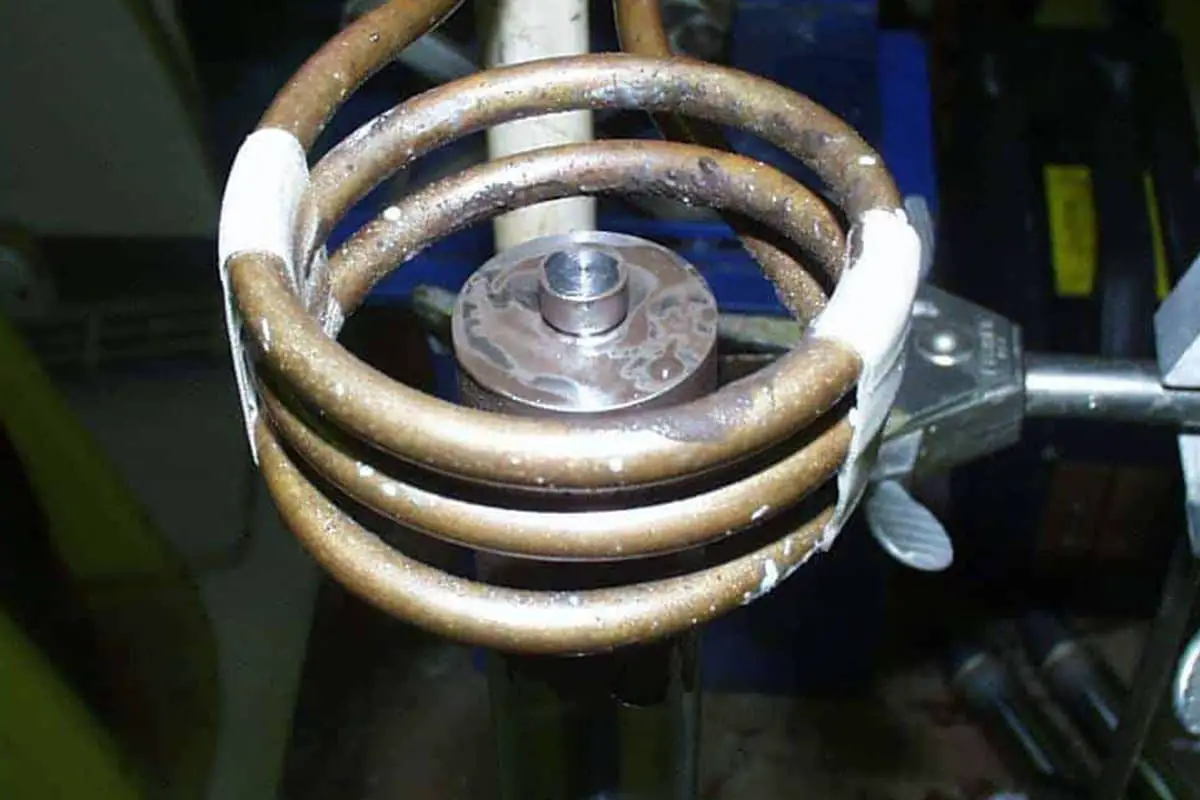
Why is brazing an ideal method for joining carbon steel and low alloy steel? This article delves into the specifics of both soft and hard brazing, highlighting the advantages and considerations for each technique. From the selection of filler metals like tin-lead solder and copper alloys to the crucial role of brazing agents, you’ll discover essential tips to enhance joint strength and durability. Learn the best practices and common pitfalls to avoid in your brazing projects.

(1) Filler Metals
Brazing of carbon steel and low alloy steel includes soft brazing and hard brazing. The most commonly used filler metal in soft brazing is tin-lead solder, which improves the wettability of steel with increasing tin content.

Therefore, high-tin solder should be used for sealing joints. The tin in tin-lead solder may form a FeSn2 intermetallic compound layer at the interface with steel. To avoid the formation of this compound layer, the brazing temperature and holding time should be properly controlled.
The shear strength of carbon steel joints brazed with several typical tin-lead solders is shown in Table 1.
Among them, the joint strength brazed with filler metal with 50% w(Sn) is the highest, and the joint strength brazed with solder without antimony is higher than that with antimony.
Table 1 Shear strength of carbon steel joints brazed with tin-lead solder
| Solder alloy grade | B-Ag25CuZn | B-Ag45CuZn | B-Ag50CuZn | B-Ag40CuZnCd |
| Shear strength /MPa | 199 | 197 | 201 | 203 |
| Tensile strength /MPa | 375 | 362 | 377 | 386 |
When carbon steel and low alloy steel are hard brazed, pure copper, copper-zinc, and silver-copper-zinc brazing materials are mainly used. Pure copper has a high melting point and is susceptible to oxidation during brazing. It is mainly used for gas shielded brazing and vacuum brazing.
However, it should be noted that the joint clearance for brazing should be less than 0.05mm to avoid problems caused by the good flowability of copper preventing the joint clearance from being filled.
Carbon steel and low alloy steel joints brazed with pure copper have higher strength, with shear strength generally ranging from 150 to 215MPa, and tensile strength ranging from 170 to 340MPa.
Compared to pure copper, copper-zinc brazing materials have a lower melting point due to the addition of Zn. To prevent the evaporation of Zn during brazing, a small amount of Si can be added to the copper-zinc brazing material.
In addition, rapid heating methods such as flame brazing, induction brazing, and dip brazing must be used. Carbon steel and low alloy steel joints brazed with copper-zinc brazing materials have good strength and ductility. For example, carbon steel joints brazed with B-Cu62Zn brazing material have a tensile strength of 420MPa and a shear strength of 290MPa.
Silver-copper-zinc brazing materials have a lower melting point compared to copper-zinc brazing materials, making them easier to use for spot brazing. This type of brazing material is suitable for flame brazing, induction brazing, and furnace brazing of carbon steel and low alloy steel.
However, the zinc content should be minimized and the heating speed should be increased when using silver-copper-zinc brazing materials for furnace brazing.
Brazing carbon steel and low alloy steel with silver-copper-zinc brazing materials can achieve joints with good strength and ductility. Specific data is listed in Table 2.
Table 2: Strength of low carbon steel joints brazed with silver-copper-zinc brazing materials.
| Solder alloy grade | B-Ag25CuZn | B-Ag45CuZn | B-Ag50CuZn | B-Ag40CuZnCd |
| Shear strength /MPa | 199 | 197 | 201 | 203 |
| Tensile strength /MPa | 375 | 362 | 377 | 386 |
(2) Brazing Agents
When brazing carbon steel and low alloy steel, brazing agents or shielding gases are required. The choice of brazing agents depends on the selected brazing materials and brazing methods.
When using tin-lead brazing materials, a mixture of zinc chloride and ammonium chloride can be used as a brazing agent, or other specialized brazing agents. The residues of this type of brazing agent are generally highly corrosive, so the joints should be thoroughly cleaned after brazing.
When using copper-zinc brazing materials for hard brazing, FB301 or FB302 brazing agents, which are mixtures of borax or borax and boric acid, should be used. In flame brazing, a mixture of methyl borate and formic acid can also be used as a brazing agent, with B2O3 vapor playing a role in deoxidizing the joint.
When using silver-copper-zinc brazing materials, FB102, FB103, and FB104 brazing agents, which are mixtures of borax, boric acid, and certain fluorides, can be selected. The residues of this type of brazing agent have some corrosiveness and should be thoroughly removed after brazing.
Various common brazing methods can be used for brazing carbon steel and low alloy steel. In flame brazing, it is advisable to use a neutral or slightly reducing flame.
Direct heating of the brazing materials and brazing agents should be avoided. Rapid heating methods such as induction brazing and dip brazing are very suitable for brazing quenched and tempered steel.
It is also advisable to choose quenching or a temperature lower than tempering for brazing to prevent softening of the base material. When brazing low alloy high-strength steel in a protective atmosphere, not only high gas purity is required, but also gas flux must be used to ensure wetting and spreading of the brazing material on the base material surface.
The residues of brazing agents can be removed chemically or mechanically. Residues of organic brazing agents can be wiped or cleaned with organic solvents such as gasoline, alcohol, or acetone. Residues of corrosive brazing agents such as zinc chloride and ammonium chloride should be neutralized in a NaOH water solution and then washed with hot and cold water.
Residues of boric acid and borax brazing agents are difficult to remove and can only be resolved by mechanical methods or prolonged soaking in rising water.








